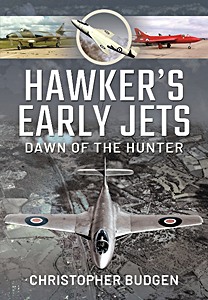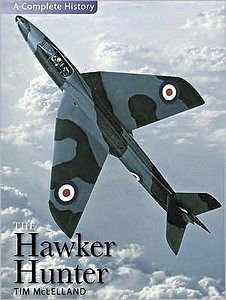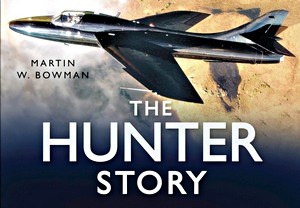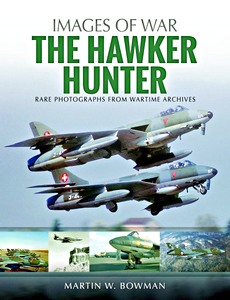Hawker Hunter
Development of the Hawker Hunter began in 1946 under the steady hand of chief designer Sydney Camm. With so many advances in aircraft design and technology during the late 1940s, the process of turning Hawker's initial studies into the Hunter day fighter took some time.
However, with the arrival of the new Rolls-Royce Avon turbojet, and despite various teething troubles, the aircraft began to find its footing and entered RAF service in 1954.
Numerous versions were produced, which saw the aircraft move away from its early fighter role and on to ground-attack and reconnaissance. The Hunter was incapable of supersonic flight on the level, but in a dive, it could pass through the 'sound barrier' with ease. It was a manoeuvrable aircraft, could absorb rough handling and, in general, was revered by the many pilots who flew it.
With over 110 images, this book presents a general history of the type and covers its design and development, test flying, different production versions and a review of an extensive and successful service and combat career, both at home and with overseas air arms (the latter providing large-scale exports for British industry).
With a good number of Hunters still flying in private hands today, and numerous airframes held by museums in Britain and around the world, this book serves as a valuable reference for this outstanding fighter aircraft.
Detalle del libro
| Autor: | Tony Buttler |
|---|---|
| Presentación: | 96 páginas, 23.5 x 18 x 1 cm, tapa blanda |
| Ilustración: | 110+ fotos en b/n y color |
| Editorial: | Key Publishing Ltd (GB, 2022) |
| Colección: | Historic Military Aircraft |
| ISBN: | 9781802823158 |

Hawker Hunter
Idioma: Inglés
Disponible en Amazon - pago segura y entrega rápido
Comprar en Amazon ESComprar en Amazon.com








